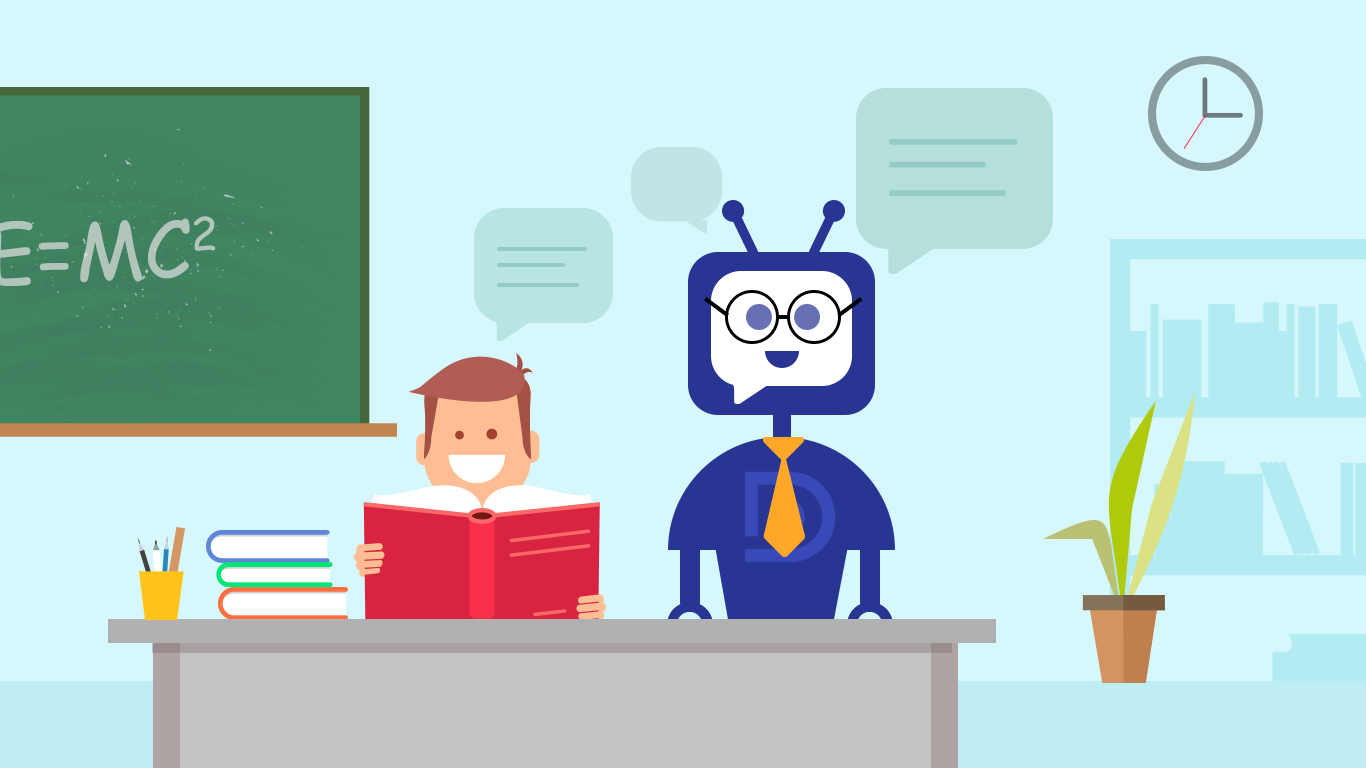Can AI Create Better Classrooms?
by Laasya Aki

I recently spoke at a Minnesota Technological Association’s Women Leading in Technology event and I met Shannon Seaver, a high school computer science teacher campaigning for the use of artificial intelligence (AI) in the classroom. Her insights about how AI can be used to create personalized lesson plans for each student inspired me to explore how AI, specifically chatbots can be used in education. One of the main reasons educators and school boards are against chatbots is because of their immense potential to be taken advantage of and be used to cheat. However, there are many ways to harness the potential of AI tools like chatbots in education as Seaver has been campaigning for.
One of the most significant advantages of chatbots in education is their ability to offer tailored feedback, resources, and support based on individual student needs and progress. This personalized approach helps address diverse learning styles and paces, ensuring that all students receive the assistance they require to succeed. Additionally, the 24/7 availability of these tools means that students can access help and resources whenever they need them. Furthermore, if a student needs extra help in a certain subject, hiring a tutor can be costly whereas using the AI tool is much more accessible.
Chatbots can also handle a variety of administrative tasks, such as answering frequently asked questions, scheduling appointments, and managing enrollment processes. By automating these tasks, chatbots free up time for educators and administrative staff to focus on more complex and meaningful activities, such as curriculum development and student engagement. Furthermore, chatbots can make learning more engaging and interactive by incorporating gamified elements, quizzes, and instant feedback, which can motivate students to participate actively in their learning process and make education more enjoyable.
Despite these benefits, chatbots also have their drawbacks. They lack the emotional intelligence and empathy that human educators bring to the table, which can lead to feelings of isolation and frustration among students who need more personalized emotional support. Additionally, chatbots are only as good as their programming and the data they have been trained on, and they may struggle with complex queries, ambiguity, or nuanced language, resulting in incorrect or unhelpful responses. Chatbots and AI tools can also be used to cheat, even if AI generated language can be easily spotted. As we progress further and further in the field of AI, the generated text becomes more and more human-like.
The future of education lies in embracing new technology. The state of our school systems could be drastically improved and accommodating to all learners.
References:
- Personal expirience at WLIT event
- https://youtu.be/A63WwUqag1M?si=ED0S4J-2ON9zfYGd